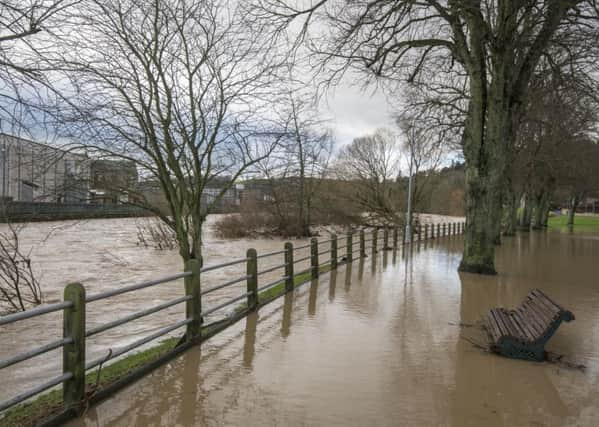Storm Aileen to be first winter storm name


The first storm of the year will be female and called Aileen.
She will be followed by Brian, Caroline and Dylan, then Eleanor and Fionn.
Others include Iona, Niall, Octavia and Tali.
Advertisement
Hide AdAdvertisement
Hide AdThe titles for the 2017-18 storm period were announced by the UK Met Office and Ireland’s Met Éireann.
The gender of the first storm alternates each year, with a male name kicking off the 2016-17 season and a female the previous year.
The decision was made to give storms official titles, like hurricanes in the US, as a way to increase awareness and encourage people to prepare for extreme weather.
The first were in 2015-16, beginning with Abigail in the middle of November and ending with Katie at the end of March – the 11th storm of the season.
Winter 2016-17 saw just five named storms, from Angus in late November to Ewan at the end of February.
The criteria used for naming storms is based on a combination of both the impact the weather may have and the likelihood of those impacts occurring.
A storm will be named when it has the potential to cause an amber ‘be prepared’ or red ‘take action’ warning.
Other weather types are also considered, specifically rain if its impact could lead to flooding. This means ‘storms systems’ could be named on the basis of impacts from the wind but also include the impacts of rain and snow.
Advertisement
Hide AdAdvertisement
Hide AdDerrick Ryall, head of public weather services at the Met Office, said: “Last year was another successful pilot of the storm-naming project, and it’s great to be now making it operational.
“Naming storms has been proved to raise awareness of severe weather in the UK, crucially prompting people to take action to prevent harm to themselves or their property.”
Gerald Fleming, head of forecasting at Met Éireann, added: “Last winter was a very quiet one weather-wise and we only worked our way through five named storms, from Angus to Ewan.
“While we have no idea yet as to whether the coming winter will be a stormy one or a quiet one, we are prepared with a whole new set of 21 names for whatever nature may throw at us.
“As before Met Éireann forecasters will work in close co-operation with our colleagues from the UK Met Office to keep all the peoples of these islands warned of impending severe weather.”
The monikers have been chosen from suggestions sent in by members of the public in the UK and Ireland. The popularity of the initiative saw more than 10,000 people submitting ideas last year alone.
As in previous years, the initials Q, U, X, Y and Z will not be used, to comply with international storm naming conventions.